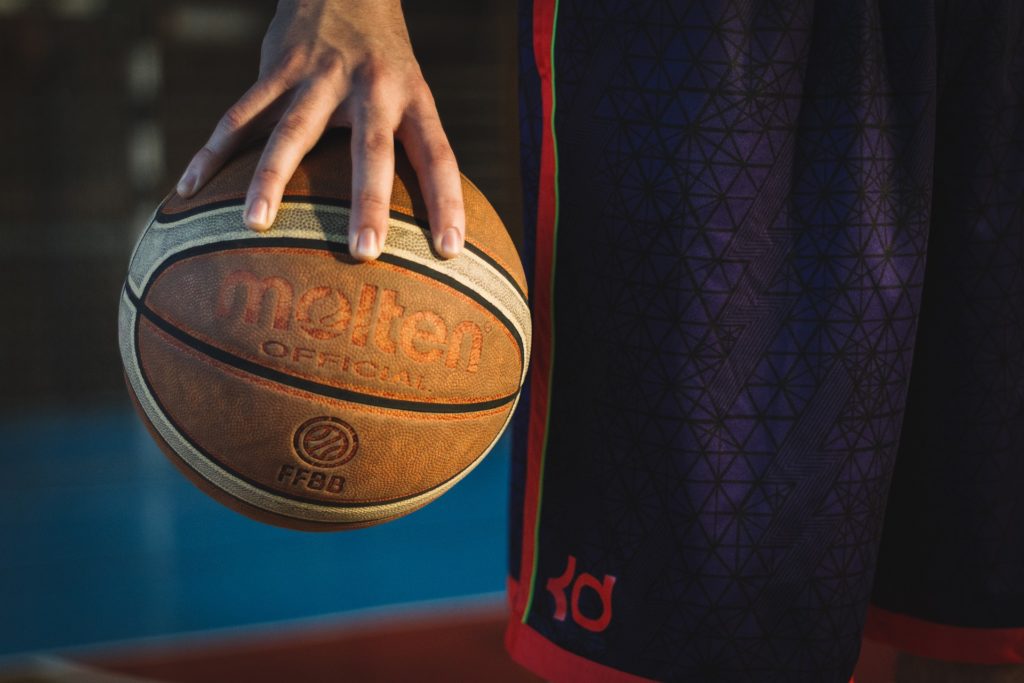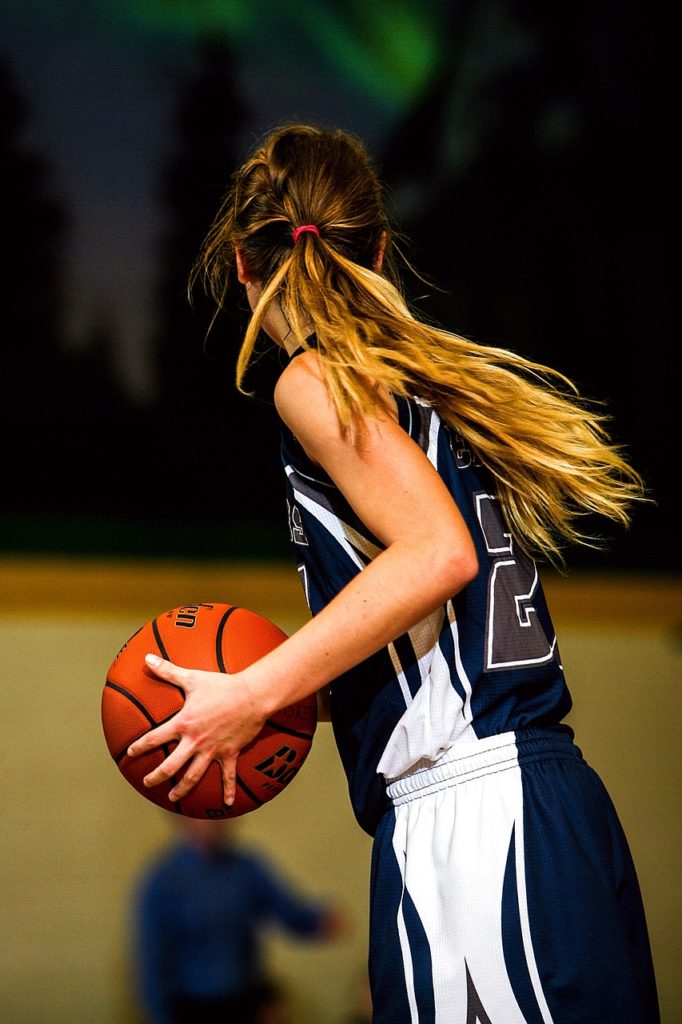Basketball is an increasingly popular sport with over 26 million Americans playing a year. If you like to “take it to the hoop”, this post is for you. From ankle sprains to hand injuries, basketball can be a dangerous sport and if you find yourself with an orthopedic injury, Dr. Lawrence Li is here to assist you.
Ankle Sprains
Ankle sprains are common injuries that can occur as a result of playing basketball. An ankle sprain involves a stretching or tearing of one or more of the ligaments in the ankle joint and can affect people of all ages and all activity levels.
Classification
Sprains are classified into different grades depending on the severity of the injury which determines the type of treatment that is best for the patient’s individual condition.
Grade I sprains involve a stretching of the ligaments within the ankle joint, resulting in mild pain and swelling. Patients are usually able to bear weight on the affected ankle with a Grade I sprain.
Grade II ankle sprains involve a partial tearing of the ligaments in the joint, and they usually result in a moderate amount of swelling. There may be some laxity in the joint but a firm edge will still be intact. Patients may be able to bear weight but find it quite painful.
Grade III ankle sprains are the most severe, involving a complete tear of the ligaments and causing severe swelling. Ankle instability can be detected by the doctor during a physical examination, and bearing weight on the joint is difficult.
Treatment
For most patients, an ankle sprain can be treated using non-invasive methods. Surgery can usually be avoided in all but the most severe cases. The treatment of ankle sprains is broken down into three separate phases:
Phase 1 is known as the acute phase, and usually takes place the first week after the injury. Dr. Li will aim to minimize swelling and help patients walk normally, which may be done using a combination of treatments such as rest, ice, compression and elevation (the RICE method). The ankle might be placed in a walking boot, and you may need crutches as well. Anti-inflammatory medications can also be recommended as well during this time.
Phase 2 is considered the recovery phase of the injury, and may last for one to two weeks, depending on the extent of each patient’s individual condition. The goal during this time is to keep the damaged ligaments protected as they heal and to help restore normal function to the ankle. This can be done through therapeutic exercises designed to improve motion, strength and balance.
Phase 3 is known as the functional phase of recovery and usually lasts for several weeks or months, depending on the severity of the injury. During this time Dr. Li will aim to restore you back to your previous level of activity. Through customized progressive exercises, patients can achieve a full range of motion and increasing strength and power.
Prognosis
Most patients with a sprained ankle are able to recover well. In rare cases, especially those where the severity of the injury was misdiagnosed, chronic pain and instability may occur. Further treatment may be required in these cases to help patients return to their regular lifestyle.
Finger Injuries
Between dribbling, shooting, and guarding other players it’s no wonder that hand and wrist injuries are common in basketball players. Thankfully, Dr. Li is skilled in treating hands and wrists. Our occupational therapists are also specialists in hand injuries and the team at Orthopedic & Shoulder Center will have you rebounding in no time.
Jammed Fingers 
If you’ve ever played basketball, then at some point you mostly likely suffered a jammed finger. They commonly occur when the basketball hits the tip of the finger instead of the palm of the hand when a player is attempting to catch the ball. More technically, a jammed finger is an injury to proximal interphalangeal (PIP) joint – typically a sprain to one of the ligaments.
Symptoms
- Swelling
- Loss of range of motion
- Pain
- Tenderness to touch
Treatment
If you’ve ever had a jammed finger you have probably heard the advice to “just pull it out.” We would like to caution that this should not be done. You could put further stress on your already injured ligament. If your finger is deformed or you think it may be dislocated it would be best to visit the Orthopedic & Shoulder Center so that Dr. Li can diagnose your injury and set you on the best treatment path.
Injuries happen but Dr. Lawrence Li and the team at Orthopedic & Shoulder Center is a slam dunk.

